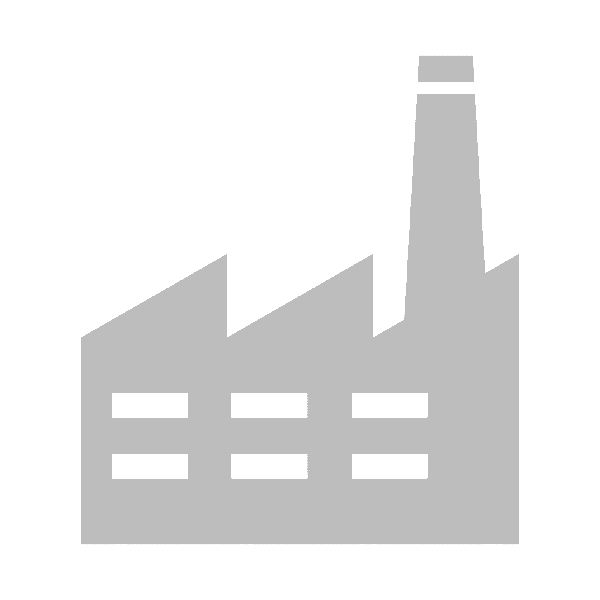Weber: Top Ten Tips for Best Practice and Maintenance of your Render Pump
Application of render products such as weberpral M and weberend OCR by machine allows safer and more productive use of skilled personnel on-site. Instead of requiring a skilled renderer to physically carry or hoist mixed material, pumps can provide an effective solution by simultaneously mixing and conveying the render directly to the wall.

The UK market has been very traditional in its approach and has taken many years for a technology that is widely accepted on the continent to be adopted here. However, more and more renderers have made machine application the very core of their businesses. The Top Ten Tips comes from the Weber applications team who support users by offering advice, problem solving and training on site. They have identified some of the more common problems, issues and mistakes they see in the industry to help anyone in the trade that are starting out with machine rendering or considering buying a pump.
1.) Machine Maintenance - Tap test you rotor and stator every 300m² at the start of the day when they are cold, clean filters daily and drain down water systems in winter to prevent frost damage.
2.) Airline – prevent blockages, keep clean, check regularly, especially on long stops.
3.) Be mindful of material being too stiff and material sitting in the pipes too long. Clean your pipes out first if there is a blockage.
4.) Check the consistency of material is correct at the machine before connecting the pipes.
5.) Add only a hand full of powder in the mixing chamber at the start. Too much can displace the water in the chamber.
6.) Keep the water in mixing chamber level at the start – don't add too much water minimizing bridging of material.
7.) Lubricate pipes, rotor and stator before materials – water, slurry or wallpaper paste – walk out excess water to stop separation of material in the pipes.
8.) Material position – make sure it is as close as possible, be mindful of lift and twist motion to avoid damage to your back. Check bags for loose nails, stones etc., turn over bottom bags on pallet to check for any foreign objects that might end up in the machine.
9.) Dedicated water supply – ensure enough water for a full elevation in water drums – never connect direct to the mains due to potential syphon back and loss of flow.
10.) Proximity of pump to work – less length of pipes = less wear and tear on the machine, use a gauged length of rope as a guide.
If you would like further information or more detail on best practice when using your render pump please contact the CCF Technical Team.
